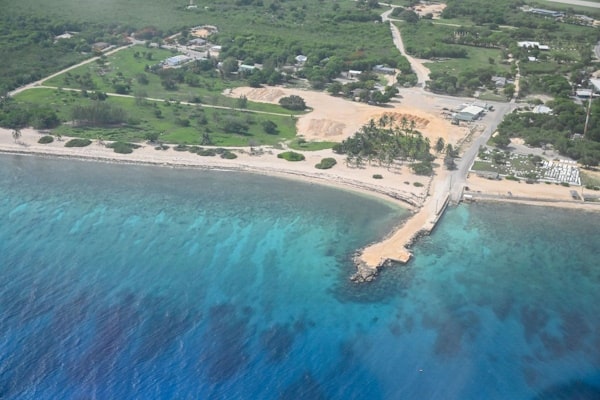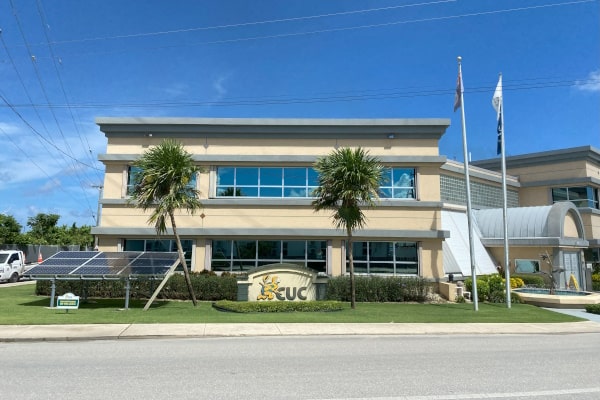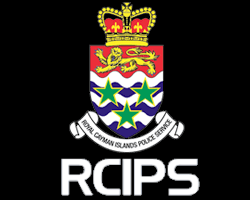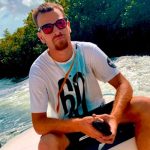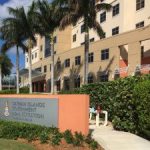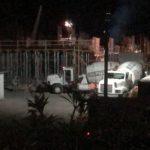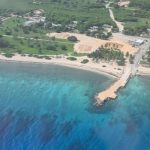Artists get microscopic in new exhibition
(NGCI): The National Gallery of the Cayman Islands’ (NGCI) new exhibition bridges the gap between art and science by illuminating miniscule organic forms called foraminifera that can be found in the sand beneath our feet. Luminescent Forms: Art Under the Microscope features a series of these tiny single-celled organisms that have been beautifully magnified and photographed by German engineer Roland Verreet and reimagined in glass by Caymanian artist Davin Ebanks.
Verreet is a renowned mechanical engineer who spends much of his life analysing structural damage beneath a microscope. As a creative outlet he studies foraminifera (called forams for short). Following in the footsteps of 19th century naturalists he gathers samples of this ancient life form and captures their intricate structures under a microscope, transforming them into stunning works of art.
Forams have swarmed the earth’s oceans for millions of years and their history was first recorded by the ancient Greek historian Herodotus (5th century BC), who noted that the limestone of the Egyptian pyramids contained large numbers of the species. Today forams remain abundant in our oceans or as fossils (known as tests) in ocean sediment and sand. Despite their tiny size they play a key role in the food chain as well as acting as biostratigraphic markers, and climate change indicators.
Verreet has studied samples of forams from around the world, including the Cayman Islands, where he was introduced to National Gallery director and curator Natalie Urquhart, who was immediately taken with their remarkable beauty and symmetry. “An exhibition of forams, displayed in large format, was an intriguing concept,” she explains. “Rather than being artwork inspired by the beauty of our natural environment, these images celebrate nature itself as a work of art.”
Seen under the microscope the glowing forms literally appear as though sculpted in glass, which led Urquhart to take the exhibition idea a stage further, inviting Caymanian artist and glass sculptor, Davin Ebanks, to re-imagine the forams in glass. For Luminescent Forms, he has created a new series of sixteen sculptural forms, drawing on the anthropomorphic shapes of the foraminifera.
“I see the Non-Verbal Form Study series as a continuation of my previous work but rather than focusing on the macro—landscape, environment, cultural history—these pieces are more intimate, inspired by the micro; by the details that provide a foundation for Cayman, literally: sand,” Ebanks said. “So much of our culture and lives are based (literally) on this ubiquitous material, so this exhibit seemed like a great opportunity to work those ideas into concrete works. Glass seemed perfect because it combined qualities of translucence, opacity and fluidity, the same qualities I noted in the microscopic images of the forams.”
Following the Gallery’s well established cross-curricular learning model, NGCI educators have developed an exciting series of tours for schools and families, that complement a traditional science class, and for the duration of the exhibition a pop-up education room known as The Sand Lab will be created. This hands-on learning space will enable students to explore the exciting world of foraminifera and study their tiny forms under a microscope, a component close to Verreet’s heart.
“This exhibition is about art and about science, about the discovery of an unknown world surrounding the Cayman Islands and about education and respect for the environment and its tiniest life forms,” he said. “Give your children a microscope, and they will discover the world around them. They will start to ask questions, and they will experience the thrill of finding the answers. They will develop a passion for discovery, and they will learn to respect their environment.”
A series of lectures and screening supporting the exhibition will be held between February and March, starting with “The Secret Life of Sand” by Roland Verreet on Saturday 7 February. This will be a great opportunity to learn more about foraminifera and the role that they play in our own environment in the Cayman Islands.
Luminescent Forms: Art Under the Microscope, opens on Friday 6 February and runs until 17 April. Admission to the exhibition is free and tours can be booked directly with the NGCI Education Department via education@nationalgallery.org.ky. For more information about the exhibition and the upcoming programme of events contact info@nationalgallery.org.ky or call (345) 945 8111.
Category: Art & Entertainment















